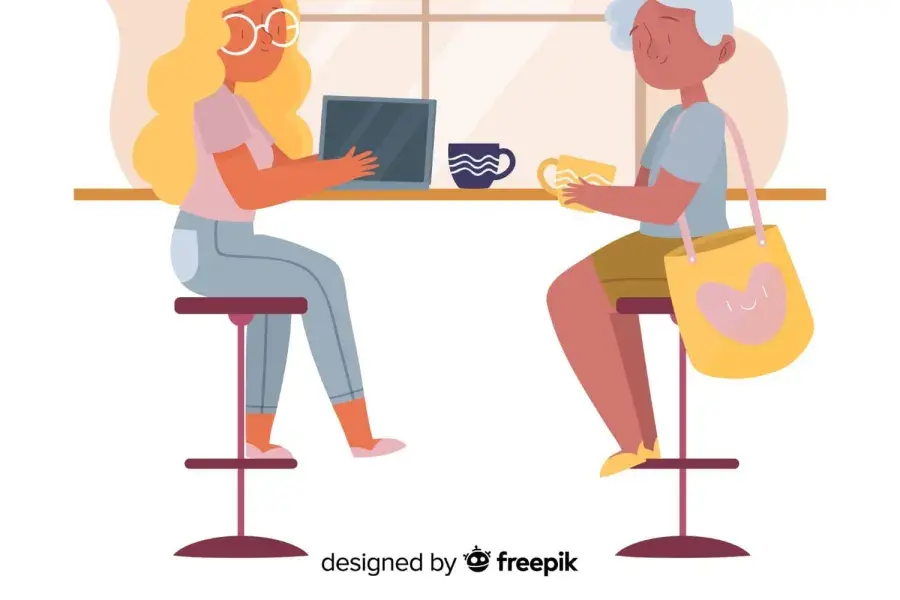SEN Child Advocacy: Turning Forms into a Voice for Your Child
When it comes to securing the right support for a neurodiverse child, one of the most important steps can be applying for Disability Living Allowance (DLA). For many parents, the form feels daunting, full of questions that don’t seem to fit their child’s experiences, or that are difficult to answer without second-guessing yourself. That’s where our experts, like Louise Brown, are coming in. In this article discover how Louise works:
Understanding the DLA Process
In my role with The Neurodiversity Family Hub, I support parents of neurodiverse children through the DLA application process. My aim is simple: to make sure every child’s needs are represented clearly and accurately, giving families the best possible chance of securing the support they deserve.
I meet with parents in a warm, welcoming environment, either in person or online, where they can speak openly about the challenges they face. Many parents tell me this is the first time they’ve been able to share their experiences without fear of judgement. This space is essential, because the DLA form is not just about ticking boxes; it’s about telling your child’s story in a way that decision-makers will understand.
Breaking Down the Barriers
The DLA form can be overwhelming because it often uses language and examples that don’t match the reality of life with a neurodiverse child. My role is to bridge that gap. For example, one question might ask: Can your child walk? For many children, the answer isn’t as simple as “yes” or “no.” Perhaps they can walk, but doing so is unsafe without supervision because they may suddenly run off, struggle with road awareness, or become disorientated. In that case, I guide parents to explain these risks in detail so that the form reflects the true level of need.
Similarly, when it comes to communication, the form may not make space to explain that a child is non-verbal but still communicates in other ways, such as through gestures, symbols, or assistive technology. I help parents describe these methods, along with the extra time, support, and understanding required for their child to express themselves.
From Forms to Full Representation
Together, we work through each section of the DLA form, making sure no detail is overlooked. I also review any supporting medical documents and produce a cover letter that pulls everything together, highlighting the key points that show why the child qualifies for support.
Parents often tell me they feel lighter after our sessions, knowing they’ve presented the strongest possible case for their child. And for me, there’s no greater reward than seeing a family secure the help they need to improve their quality of life.
Why This Matters
DLA is more than just financial support; it can open doors to other services, reduce stress on families, and give children access to opportunities they might otherwise miss. By guiding parents through this process, I’m not just helping with a form, I’m helping to ensure that neurodiverse children are seen, understood, and supported.
Here to Help
If you’re a parent or carer feeling overwhelmed by the DLA form, you don’t have to face it alone. At The Neurodiversity Family Hub, we’re here to guide you through every step with compassion, clarity, and a focus on your child’s unique needs.
📩 If you need help completing the Child DLA form, please contact us at [email protected].
